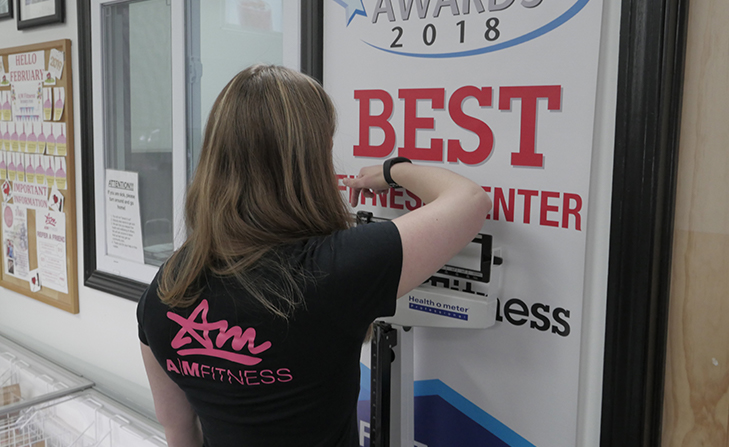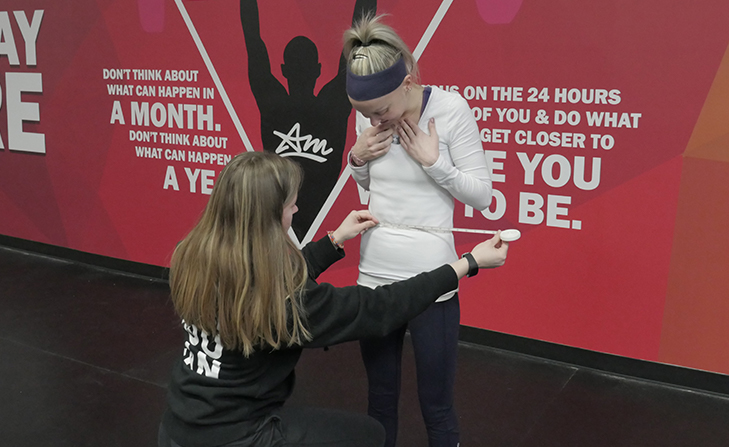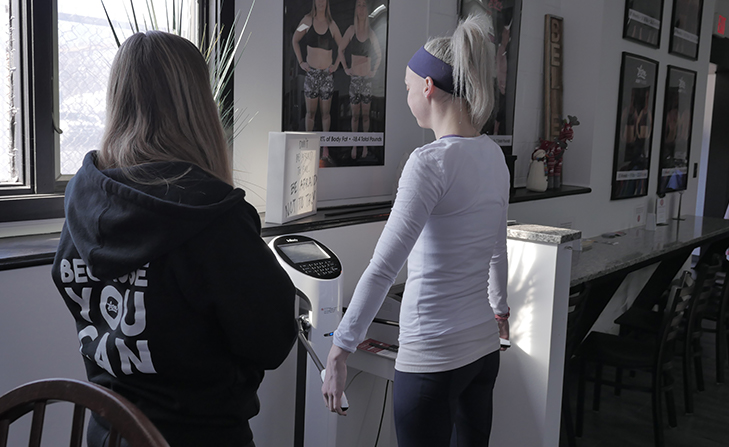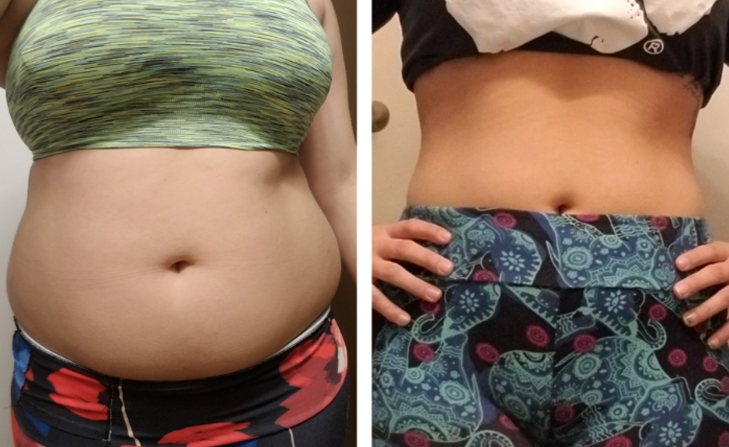4 Ways To Track Results
4 Ways To Track Results
How are you gauging success with your New Year’s resolutions? We find most people determine their success or failure based on a number provided by a scale.
After years of assessing results and responses to our training program, I’ve learned that the data from the scale is (fairly) good information, but not the best way to measure results. So, when we’re working with a client and trying to measure results, we use multiple ways to track what’s happening.
1. Scale
At some point, our clients will notice the scale doesn’t move in the direction we want, so we will need to find another way to measure what’s happening before making adjustments to the plan.
Why? Because the scale only measures weight. There could be body composition changes that aren’t reflected in that number.

2. Circumference Measurements
We like to take measurements at mid-thigh, hip, waist, chest, and arm. From there, set times to measure again.
We like to do this at the end of each training cycle. It shows us if changes were made during that training cycle.

3. InBody Scan
This is a great tool for when the scale stops moving. If I have a client that appears to have plateaued, I can run them through a scan and get the complete details. If they’ve dropped body fat percentage and increased lean body tissue, then the right things are happening even though the number on the scale doesn’t reflect that.

4. Photos
Well, the visual proof of a picture will let you know what’s really changing.
Make sure you’re getting all of the angles! When taking photos, find some good lighting and then take pictures from the front, back, and each side.

Conclusion
Tracking and understanding your progress is important. However, living and dying by the scale isn’t going to do you any good. It’s just one of many ways that you should be tracking your results and I hope that if you aren’t already doing the other things listed, you’ll begin them today.


